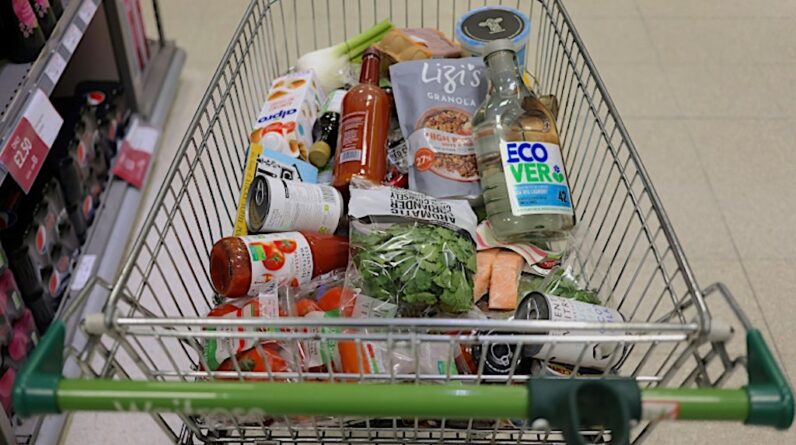
[ad_1]
Image: — © AFP
The ongoing saga of chronic loss of nutrient value in plant crops is complex. Crops now deliver less nutrients in the diet. The food chain, long since condemned to corporate eloquence and inertia, is having trouble coping.
Known loss of nutrients includes Vitamin A, iron, zinc, riboflavin, and protein. The current theory is that increased CO2 and heat are the main reasons. It’s unclear what other nutrients have been affected and to what extent.
The net effect is that you’re eating bulk, not value. More carbs, for example, don’t mean anything in an essential dietary context. You might as well be eating cardboard. This translates eventually into actual dietary deficiencies, to whatever extent depending on your diet.
Much less impressive is the fact that you’re going to be paying for the deficiencies. Those wonderful grocery bills are effectively worth proportionately less. Fun, isn’t it?
The food sector has been happily ignoring howls of outrage about toxic foods for decades. Read that link, it’s a hoot. They’re unlikely to pay any attention to “nerd stuff” about the value of their products. It’s debatable whether they can read, anyway. From memory, they have vigilante squads on Nerd Watch at board meetings in case someone knows what they’re talking about.
I’m a qualified horticulturist. Many things can affect plants even in a purely local environment. A global phenomenon affecting large-scale crop nutritional values, however, is a much tougher call.
The overall situation wasn’t brilliant to start with:
Degenerated soils
Desertification
Antiquated crop-raising methods
Depletion of soil biota, without which you just don’t grow anything at all
Any number of soil conditions that can affect nutrient levels, like acidity, alkalinity, etc.
…Meaning a lot of the nutrients may not have been there in the first place. When you harvest a crop, the nutrients go with it. That’s usually the long-term effect of lousy crop management, and it’s common enough.
For the sake of simplicity let’s take it on strength that these study findings relate to crops which were stated to be previously OK. The study subjects were probably benchmarks. Many actual crops will be much poorer in nutrients.
The impact of dietary deficiencies is well enough known. Human health is immediately affected. If you’re basically eating nothing, you’re starving.
This situation also severely undercuts the move to veg diets. A veg diet can work, but not if the nutritional levels go below a certain point. The more puritanical levels of diets may not be met.
The fix is easy enough. The problem is that the people required to understand the issues.
To fix this mess:
Increase soil nutrition, biota, and trace minerals on a strictly-by-the-book basis. Use hydroponics and other reliable methods to ensure nutritional values and save water while you’re at it. Cut CO2 levels by whatever means you have. Enclosures can do that. Adding carbon sinks onsite can do that. Almost anything can do that if you don’t have an unnecessary, insane, idiotic 30-year debate about it.
You audit nutritional levels continuously. This tells you if nutrient levels or anything else are affecting crops, and to what extent. It’s just a reporting system. This is easy for food technologists, but who listens to food technologists? This is day one basic horticulture. Not quite at no-brainer level, but close.
As you may have noticed in the last 30 years of total incomprehension of everything at senior management level, the problem isn’t fixing the problems. It’s finding someone with a working brain cell who knows they should do something about it.
They’re a whole new category of institutionalized morons. These guys are still running away from all those frightening grade school questions. They don’t mind being stupid, they mind looking stupid.
The current nutrients situation was entirely predictable. Anyone could figure out the equation “Climate issues = agriculture problems.” They didn’t and they haven’t. Nutrient levels routinely vary from place to place for any number of reasons, but this is a big variation. It’s well outside the goldfish bowl frame of reference of corporate reasoning.
Meanwhile, how about a few nice class actions for misrepresenting nutritional levels in basic foods in big brands? That seems to work better than facts.
_____________________________________________________________
Disclaimer
The opinions expressed in this Op-Ed are those of the author. They do not purport to reflect the opinions or views of the Digital Journal or its members.
[ad_2]
Source link






